Masterpiece Story: The Pineapple Picture
Known as the “pineapple picture,” this enigmatic 17th-century painting captures the royal reception of King Charles II. The British royal...
Maya M. Tola 10 June 2024
Louis XIV was definitely a great arts patron but sadly a slightly less great king. However, that didn’t stop him from being self-indulging, narcissistic, and megalomaniac, as you can see in each of Louis XIV’s portraits.
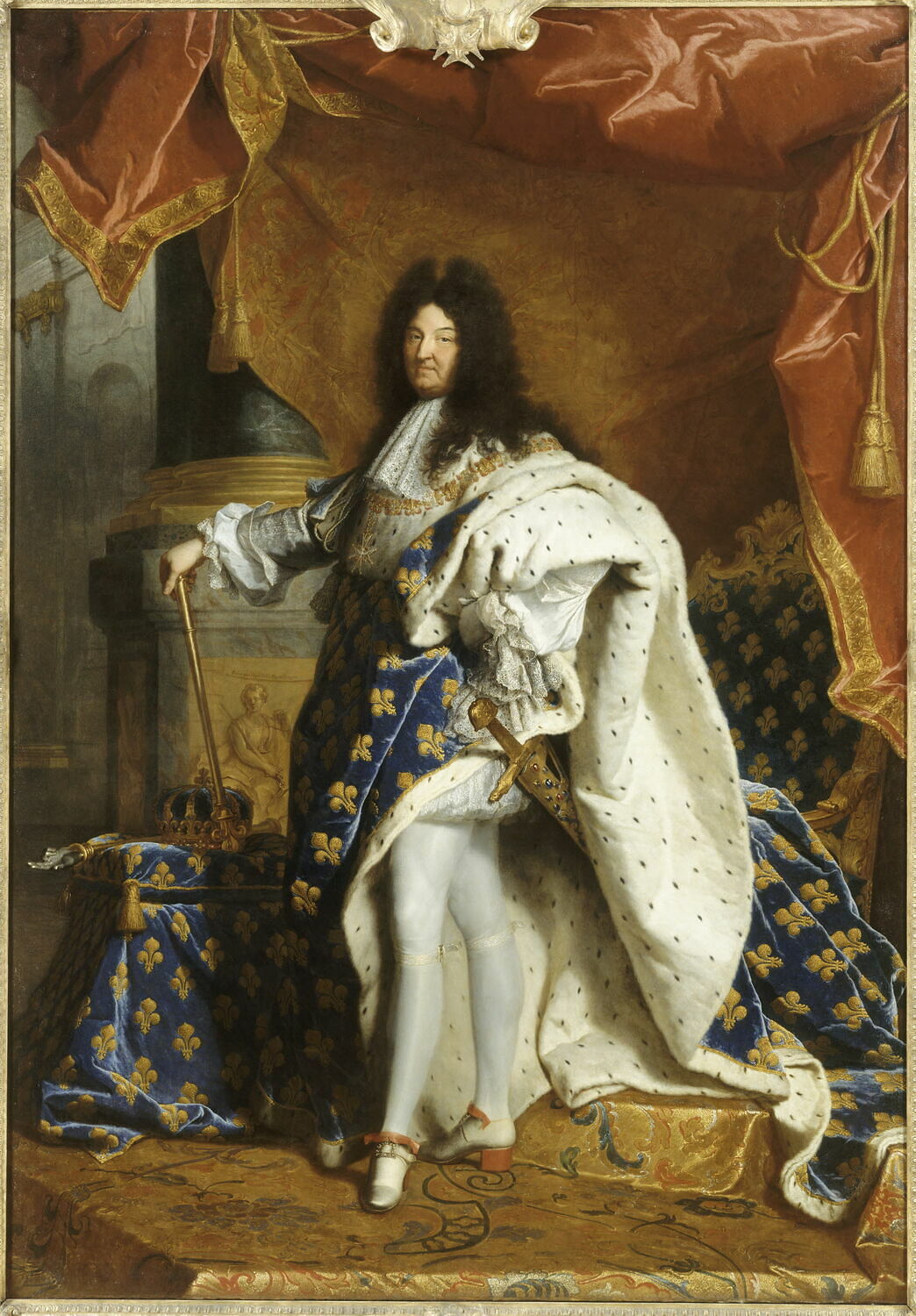
Louis XIV of Bourbon (1638-1715) was the King of France from 1643 till 1715 (he became King when he was 5 years old!). He ruled without the first minister between 1661 and 1715, which was a precedent and a break-up with centuries-old tradition.
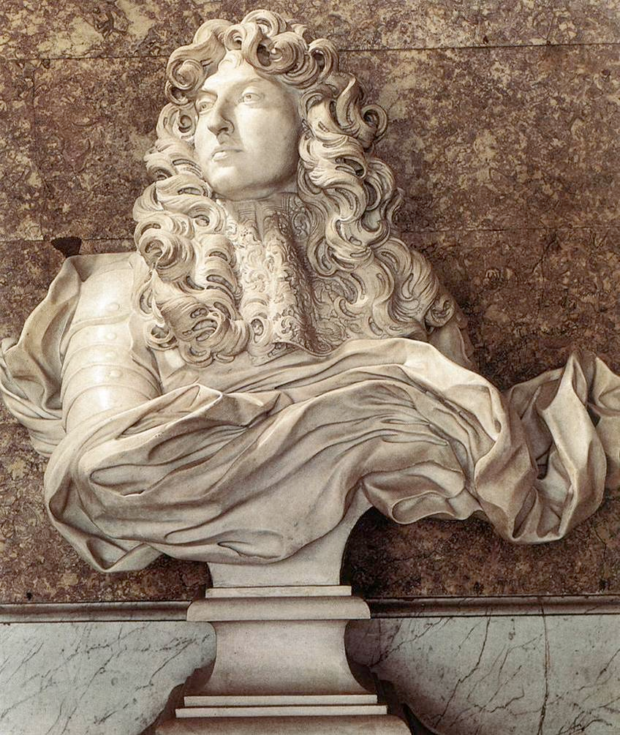
He saw himself as the direct representative of God who gave him a divine right to rule. He wielded absolute power and handed it to the monarchy which would endure until the French Revolution in 1789. He chose the sun as his emblem and cultivated the image of an omniscient and infallible “Roi-Soleil”- “Sun King” (that’s why we can see multiple representations of him as Apollo, who was the god of the sun). His most memorable phrase is “L’État, c’est moi” which means “I am the State”.
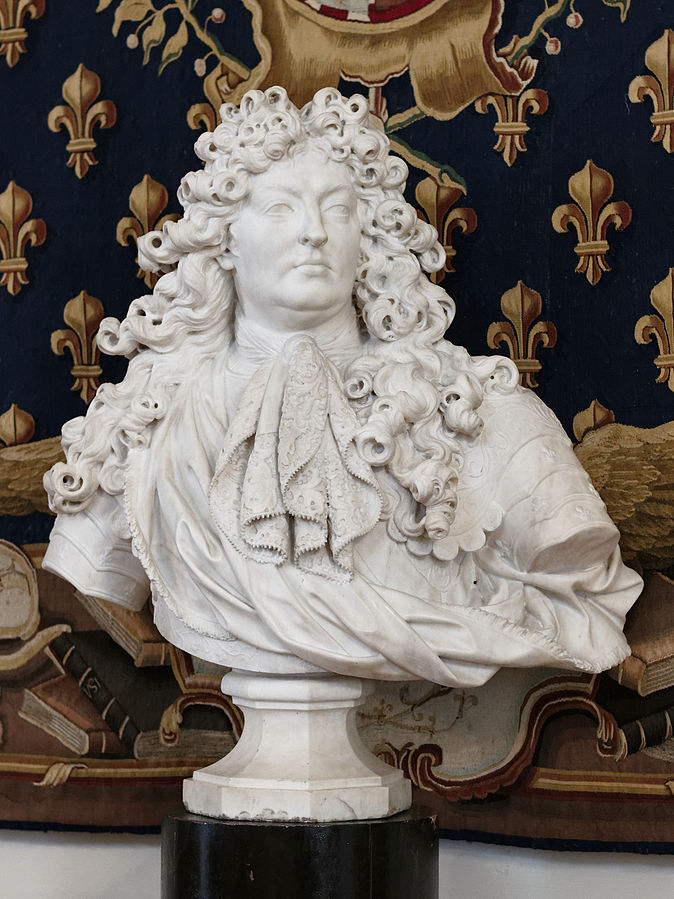
He has left behind some truly impressive architectural achievements, such as the Les Invalides building complex, the Place Vendôme, and the elegant Champs-Elysées boulevard. We cannot forget his biggest enterprise, the renovation of the Palace of Versailles, the manifestation of unlimited power and his incredible wealth.
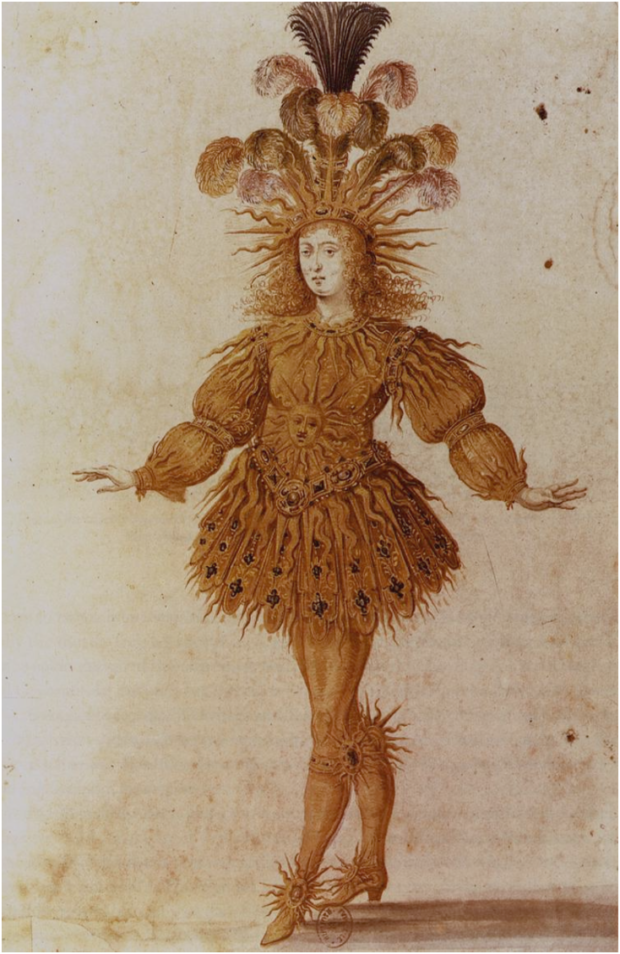
Louis loved to dance. He would organize shows in one of his favorite rooms in Versailles, the Hall of Mirrors. One could see castle concerts, theater performances, and especially Louis’ beloved dancing quadrilles. His Majesty himself would dress up in various costumes and even perform in these dances!
He appointed Italian ballet master and composer Jean-Baptiste Lully as “music master of the royal family,” while Molière wrote plays for him.
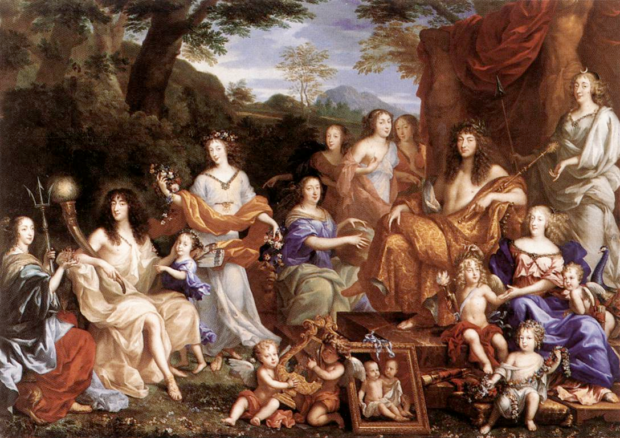
As you can imagine, Louis was quite popular with women… At 22 years old, he married for the first time. His wife was his first cousin Marie-Thérèse (1638-1683), daughter of King Philip IV of Spain. They had six children, of whom only one, Louis (1661-1711), survived to adulthood. Then, Louis secretly married Francoise, the widow of a poet called Paul Scarron.
His first serious mistress was Marie Mancini between 1657 to 1660, then from 1661 to 1667 his mistress was Louise de la Valliere with whom he had four children. Later it was Athenais de Montespan with whom he had seven children. Quite a big family, as you can see from the portrait.
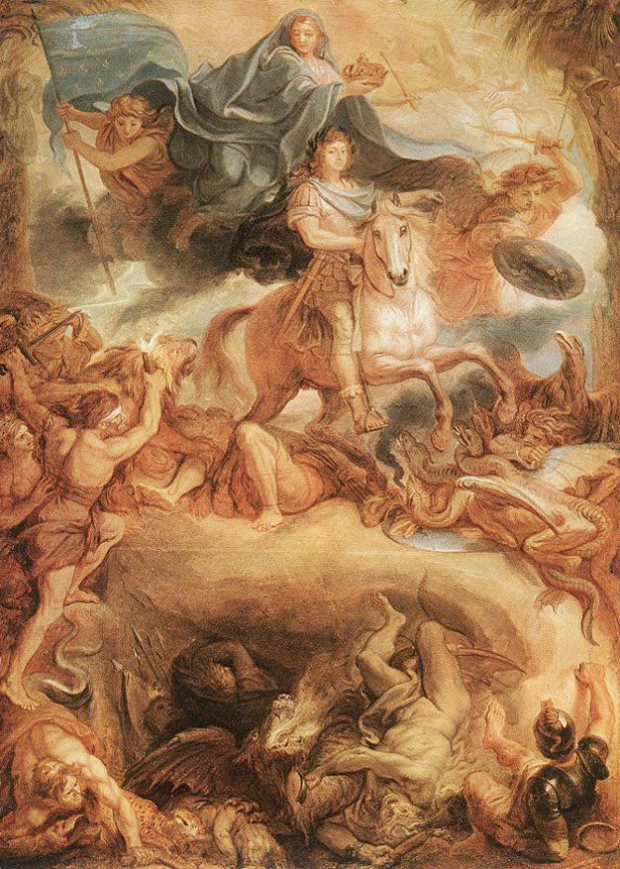
Louis XIV used arts patronage to exert his control over the intellectuals as well as build his image of an ideal king. For a taste of what it felt like to be an intellectual/artist at his court, you can read this short excerpt from André Félibien’s letter to the King (Félibien was the chronicler of the arts and official court historian to Louis XIV):
‘Heaven, which has shed on Your Majesty so many graces and treasures and which seems to have undertaken in forming you a chef-d’oeuvre of its power by giving to the earth a perfect model of the great King; Heaven, I say, which makes visible in Your person a complete Monarch, wanted to produce at the same time workers capable of worthily representing You, and it has shed on the minds of these learned men such a penetrating enlightenment, [and does such that] their conceptions [are] expressed in a manner so rare and so extraordinary that I feel myself gently forced to make a portrait of Your Majesty’s portrait […].’
DailyArt Magazine needs your support. Every contribution, however big or small, is very valuable for our future. Thanks to it, we will be able to sustain and grow the Magazine. Thank you for your help!